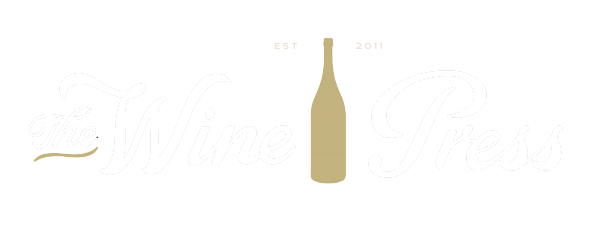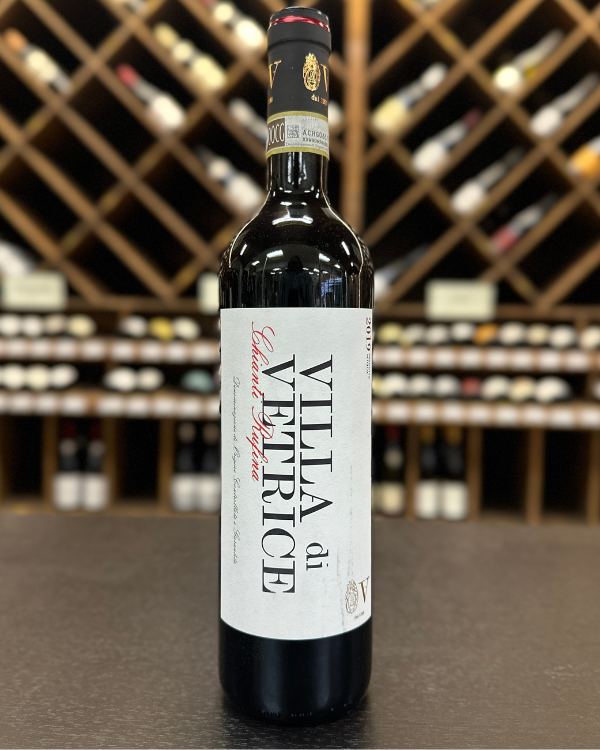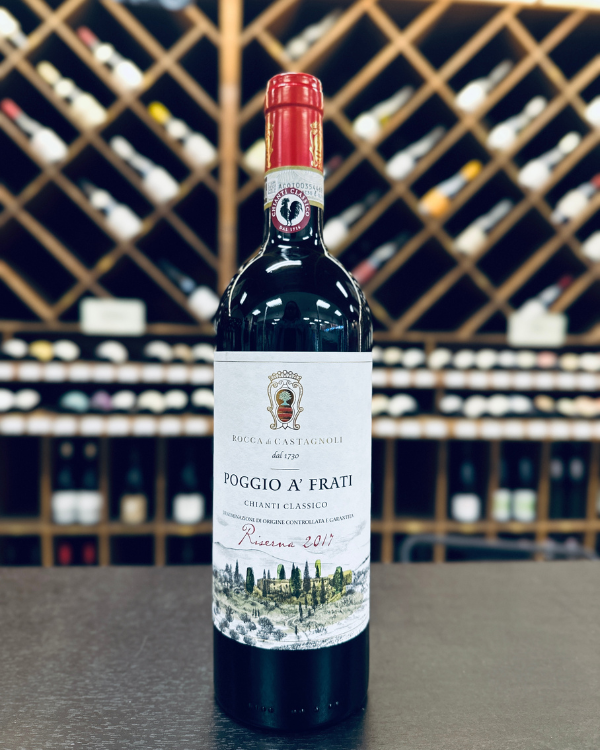Chianti, Dante, Anthony (Hopkins)...
I was probably 11 or 12, watching Silence of the Lambs (I know, right?) when I first heard the term “Chianti.” I am sure if you closed your eyes, you can probably hear Anthony Hopkins say it with that gloriously fake accent, letting each consonant and vowel glide and multiply with particular relish. (Fun Fact: In the original Thomas Harris novel, Hannibal Lecter drinks Valpolicella, a red grape from the Veneto region which is the base for Amarone, instead of Chianti. Whether this was a creative decision or based on the merits of wine pairing with a sauté of liver is, alas, unknown).
Chianti inspires a myriad of associations: the straw-wrapped fiasco (an apropos word, to be sure) stuffed with a flickering candle; a steaming autumnal bowl of pappardelle di cinghiale; Diane Lane. Despite its particulars, Chianti can be elusive. Is it a stuffy relic, better to be binned as contemporary taste evolves? Or does its elegiac power to captivate us remain worthy of pursuit?
Tuscan wine had reached a nadir in the 1980s. It was a full decade since the Antinori family released their violent rebellion of a wine, Tignanello. That first “Super Tuscan” (a term that inspires its own brand of jump-scare horror) shattered all the wine rules. It was made with Cabernet Sauvignon, a decidedly French grape. Sangiovese, Tuscany’s bella donna grape for centuries, was shoved aside. Tignanello caused such uproar that the Italian government flat-out refused to label it DOC (Denominazione d’Origine e Controllata, the designation of origin quality for every consumable from Chianti wines to Parmigiano-Reggiano cheese and San Marzano tomatoes). Instead, Tignanello and its sibling Solaia were labeled vino da tavola, or “table wine” (which might be the viniferous equivalent of calling a Lamborghini Murcielago another trifling “car”). Nonetheless, the Antinori wines took both casual drinkers and wine professionals by storm. Chianti appeared destined to remain secondary not only among Italian wines, but in Tuscany itself.
This was hardly the fault of Antinori. Following the Second World War, Chianti was allowed up to 15% “corrective” grapes that could be sourced from anywhere in Italy. Meager vintages were topped off with heavier juice from the hotter climates of southern Italy. Over-ripe vintages saw the addition (perfectly legal, mind you) of white wine grapes in an effort to soften the truculent tannins (as well as put the over-planted white grapes to some purpose). By 1980, a typical Fiorentina looked at a bottle of Chianti that cost $2.50 ($10 in 2024) as woefully overpriced.
Chianti growers were determined not to allow their patrimony to succumb to mediocrity. A DOC since 1963, Chianti Classico (a bit more on that below) successfully lobbied to create a new DOCG (denominazione di origine controllata e garantita, a more restrictive and therefore trustworthy designation of quality), Chianti Classico Riserva. Trucked-in grapes from southern Italy were disallowed. As organic and biodynamic practices grew in popularity around Europe (a reaction to both industrial farming and burgeoning climate change) Chianti’s grapes grew in quality. Today, blending Sangiovese with other allowable varieties has fallen out of style. Chianti made with 100% Sangiovese synergizes farmer’s strength and winemaker’s wisdom.
And so, Chianti entered the twenty-first century much as did the wines from Bordeaux or Burgundy: with a sense of place, the flower of youthful authority, and rigorous checks to ensure quality. But the question remains - should you drink it? The Wine Press humbly offers three bottles to help you make the decision.
Villa di Vetrice, Chianti Rufina DOCG
Chianti Classico DOC is the historically designated territory in Tuscany for growing Sangiovese and its secondary grapes for Chianti. It stretches (for those whose Tuscan geography is rusty) from just southeast of Florence to just northwest of Siena. The hills surrounding this appellation used to be called “Chianti Putto” (a reference to those delightfully chubby little angels favored by Michelangelo and Botticelli during the Renaissance). Today, this formerly liminal region has grown into properly appreciated subdivisions, of which Rufina is one. It lies northwest of Florence, tucked away in the rolling hillside.
Villa di Vetrice is a rustic expression of Sangiovese, typical of Rufina. You’ll notice the cherry notes are a bit darker and blacker; the earthy tannins feel wetter and fresher, as if the rain on the hills has just ended; and the texture feels chewier, perhaps crunchier, as if the wine demands a bit of physical maceration to release its potential. A delightful wine for pizza with mushrooms or a warm porchetta panino.
Rocca di Castagnoli, Poggio a'Frati Chianti Classico Riserva DOCG
Rocca di Castagnoli is a practicing organic vineyard in Gaiole-in-Chianti, a sun-kissed hilltop in the southern reaches of the DOC. These are some of the highest elevations in Chianti Classico, 1,600ft (500m) above sea level. It’s difficult to ripen grapes here, resulting in higher acid and lower tannin Sangiovese.
Poggio a’Frati is lighter in color and dryer than low-lying Chianti. 100% Sangiovese in its composition, it features mouth-watering notes of crisp, dusty cherries; sun-ripened tomato; bracing acidity; and enough earth-driven tannins to provide a soft drinking experience. Poggio a’Frati demonstrates the successes of the Riserva DOCG with every sip. A light and elegant wine that would certainly age in the bottle for a further 3 - 7 years while maintaining its complexity. This is a wine for lasagna al forno or Bucatini amatriciana.
Castello di Meleto, Chianti Classico DOCG Gran Selezione
What to make of the term “Gran Selezione?” It’s an invented term, to be sure (then again, what isn’t an invented term in wine?). The first Gran Selezione Chianti appeared in 2014 from the 2011 vintage, and it has become a mainstay of the gallo nero since then. Its distinguishing quality is neither place nor history; rather, an expert panel of tasters decide on whom to bestow the designation. Does this make for a superior wine? Taste it for yourself and see.
Meleto’s Sangiovese also hails from the near-terminally high elevation of Gaiole-in-Chianti. 3 single vineyards from the estate are reserved for their Gran Selezione expression. 100% Sangiovese in composition, the wine is aged in small oak barriques for a minimum of 30 months before bottling. The nose is gently aromatic of ripe fruits. It is distinguished by abundantly dry black earth tannins and just-ripe red and black berry notes. It is certainly worth laying down for 5-10 years for the patient oenophile. This is your Christmas dinner wine.
Should you embark on a journey through Chianti, recall the words of no less an authority on Tuscan wines than the greatest poet of the Italian language, Dante Alighieri (himself no stranger to the darker imaginings of the Hannibal Lecter set):
“Whoever would refuse to quench your thirst
with wine from his flask, would be no more free
than water that does not flow toward the sea.”
Paradiso, X.88-90



